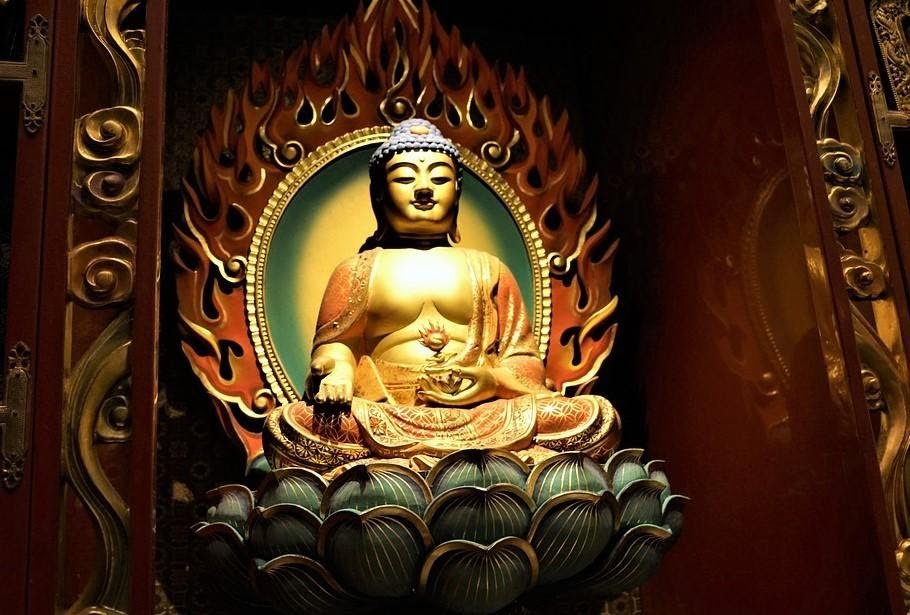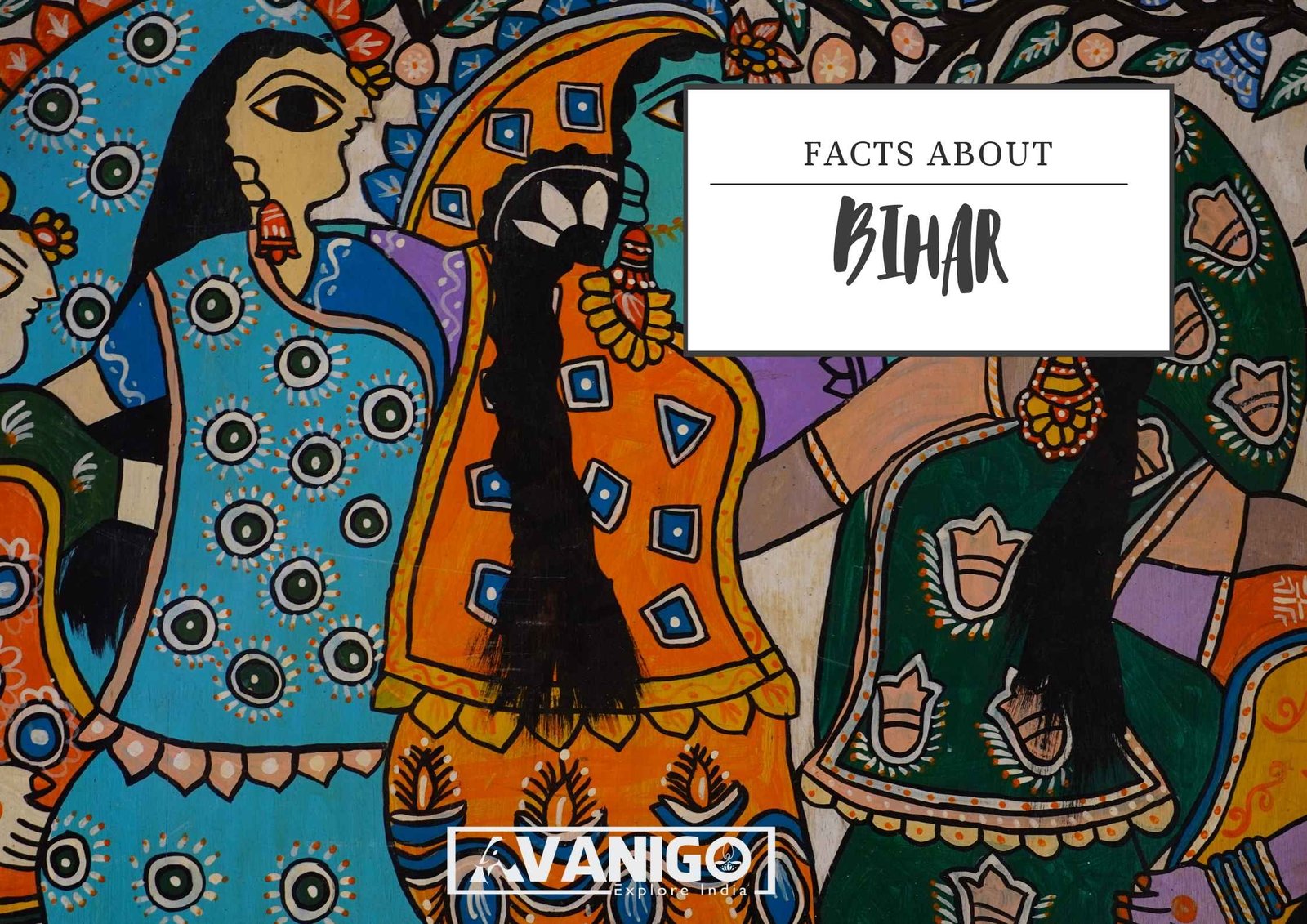Bihar, the land of monasteries and ancient civilizations, is a state in eastern India. It is a state which is full of life and different cultures, with an amazing history. From the birthplace of two major world religions to the centre of learning and development, Bihar plays a significant part in Indian history. Here, we will explore some amazing facts about Bihar that are as diverse as they are fascinating.
Quick Navigation
Geography and Climate
Bihar is located in eastern India. In the north of this state is Nepal, and you can see Jharkhand in the south. Ganga River is seen as passing between the state, dividing it into two. Bihar’s geography consists of a broad, fertile plain. The major rivers that serve as lifelines here are Ganga, Gandak, Kosi and Sone.
The climate in Bihar shows that the state is hotter in summer, and it can experience mild to somewhat extreme winters. It experiences monsoons between June and September, as rainfall is expected during the rainy season. Bihar receives, on average, some 1,200 millimetres of rain annually- most of this occurring during the southwest monsoon months.
The Fertile Land and Abundant Resources
One of the facts about Bihar Makhana or fox nut is that locals call it the ‘Queen of Snacks’. It is among the vital agricultural produce of Bihar, which ranks first in India, with production accounting for 85% of makhana produced nationally. These healthy nuts are used in many traditional dishes native to Bihar and are turned nowadays towards various modern snacks and sweets.
Bihar’s agricultural wealth does not end there. This state is blessed with many other crops, including Rice, Wheat, Maize, and Sugarcane. Bihar’s farm output is so vast that it significantly contributes to the National Food Supply. The strong dairy industry in the state- Over 5000 cooperative societies and 2.54 lakh members- is another proof of agricultural might.
Bihar is blessed with agricultural bounty. It has also blessed natural resources. The diversity of minerals- coal, mica, and bauxite- indirectly helped develop these areas into industrial sites. Bihar’s large natural resources have been helpful for economic development and the country’s development.
History and Culture
Among the historical facts about Bihar is that it was during the 3rd century BCE that one of the largest and most influential empires of the world, the Maurya Empire, was produced.
Patliputra, called Patna today, was once the capital city of the Maurya Empire. It also was the main educational and cultural hub in that era. It was during this period that Bihar witnessed the emergence of the famous philosopher and teacher Chandragupta Maurya and the great Buddhist emperor Ashoka.
Bihar indeed has a vibrant culture: lots of diverse arts, music, and festivals. Some of the fascinating facts about Bihar include its Madhubani paintings and the melodious folk music of the region, as well as cultural traditions that have grown and continued to thrive with the passing centuries.
The Legacy of Learning
An important fact about Bihar is that it has been recognized as a centre of knowledge and learning since ancient days. The state was the home of some world-class first and eminent universities, like Nalanda and Vikramshila.
Nalanda University was founded in the 5th century A.D. It was the most prestigious institution of higher learning in the world, which attracted students from all over the world. The university, at that time, was the most established centre of intellectual discourse, where great debate and discussion took place on various subjects such as philosophy, astronomy, mathematics, and medicine. The fame of this university was spread everywhere, and it was considered one of the most important learning centres in the ancient world.
Like this, Vikramshila University was established in the 8th century A.D. It had intense Buddhist studies and was known to have many sacred texts and manuscripts at its campus. The university library was believed to have had thousands of volumes. It was referred to as one of the largest and most comprehensive in the world at that time, contributing to some fascinating facts about Bihar.
The Birth of Two Major Religions
Bihar is a very important place in the history of religion. It serves as a place where different religions started and spread across the country. Hinduism and Jainism are said to have started from here, while Buddhism gained popularity.
Hinduism has taken root in the Indian soil, which is entirely composed of “Bihar.” Perhaps most importantly, it boasts some of the earliest Hindu temples, including the Mundeshwari Temple, which is held to be one of the oldest Hindu temples in India, going back to the 5th century A.D. This shrine was dedicated in honour of the goddess Durga, and its agelessness, in addition to its detailed carvings, holds a testimony to the rich cultural heritage of Bihar.
Bihar is not just limited to the importance of the Hindu religion. It is also the birthplace of Lord Mahavira’s twenty-fourth Tirthankara of Jainism. It is on this land that Lord Buddha was enlightened. Bodh Gaya is on the list of holiest places for Buddhists across the globe because he meditated underneath this tree and attained Nirvana here. Each year, thousands of people travel to this highly revered site to pay homage and quench their spiritual thirst.

The First Republic in the World
A unique fact about Bihar is that it has a historical political legacy that is well-known for its religious and educational achievements. The place in Bihar, which is said to be the first republic in the world, is Vaishali, the ancient capital of Bihar.
In the 6th century BC, a powerful clan established a republican polity in Vaishali, thus making this country one of its very earliest democracies. The Licchavis had elected a representative, well-developed governance system, which in itself was a remarkable feat at a time when monarchs and emperors ruled most of the world.
This early model of governance that Licchavi implemented was the first model that later helped frame the Constitution for the Republic of India. The democratic principles and institutions they framed and established at Vaishali came to define their vision of a democratic India for them.
Famous Landmarks and Attractions
Here are some famous landmarks and attractions that you can explore in the state of Bihar, which show a perfect insight into the marvellous traditions and incredible facts about Bihar. Some of the prominent places are:
- Bodh Gaya: A very ancient town where the Mahabodhi Temple exists. It has turned the holiest, and under the sacred Bodhi tree, Buddha attained enlightenment.
- Rajgir: An ancient city that was the capital of the Magadha Empire and is home to many temples and monasteries built in the past.
- Nalanda: Remains of the ancient Nalanda University, one of the oldest and best learning centres in the world, are found in this town.
- Vaishali: This is the birthplace of Mahavira, the founder of Jainism. It is also the world’s first democratic republic.
- Darbhanga: This city is one of the major attractions in India for its massive palaces, among which is the superb dwelling in the private circle of India, the Darbhanga Raj Palace.
- Munger: In addition to handicrafts and textiles, this town is famous for its ancient fortress, which once served as the capital of the Pala Empire.
- Sasaram: This place houses the Sher Shah Suri Tomb, which is a splendid specimen of Mughal architecture and one of the UNESCO World Heritage Sites.
Natural Resources and Wildlife
Bihar is endowed with rich natural resources and varied fauna. The mineral wealth of Bihar is known widely for some important minerals such as coal, mica, and limestone.
Apart from the above, Bihar has many national parks and wildlife sanctuaries, including Valmiki National Park, famous for its tigers and other endangered species, as well as the Vikramshila Gangetic Dolphin Sanctuary, a unique sanctuary with the distinction of being the only sanctuary in the world for the conservation of the endangered Ganges River dolphin. Other famous places include famous hot springs like Daudnagar and Rajgir Hot Springs, as well as many waterfalls in the state.
Fascinating Facts About Bihar
Some of the most surprising facts about Bihar are:
- The Mundeshwari Temple in Bihar is one of the oldest of all Hindu temples in India, even dating back to the 5th century CE. Such a huge structure speaks volumes about the ancient religious prosperity of the region.
- Bihar boasts of giving the nation its first president in the form of Dr Rajendra Prasad, a visionary leader instrumental in shaping the destiny of this nation.
- Biharis celebrate the Chhat puja with great pomp and show, which is one of the most praised festivals in their culture. The sun god is worshipped fervently throughout the rest of the state.
- Rich in languages, Bihar boasts five of the most significant words in its language vocabulary: Hindi, Urdu, Bhojpuri, Maithili, and Magahi. This diversity of linguistic plurality bears the reflection of the cultural integrity and dynamic growth the state enjoys.
- Bihar has a long, proud tradition of producing Indian Administrative Service Officers for the country. Many from the state have shone in the all-India paradigm of the Civil Services Examination.
- The birthplace of many famous mathematicians and scientists’ workmanship, Biharis are very well-known for the way they handle numbers.
Conclusion
These facts about Bihar tell us that the state is a wonder, for it has been the land of different cultures, centers of learning, and many remarkable persons. Its past, in great antiquity, has now changed into modernity, where it is today, and its experience of resilience, creativity, and indomitable spirit continues to move and inspire people across time and places.
Swetha is a Content Specialist, LinkedIn Branding and B2B Marketing Consultant. When she is not in the world of B2B, she researches the roots and beauty of Indian Culture and Traditions. She is the author of the book: 365 Days 365 Posts – The Guide to LinkedIn Personal Branding, available exclusively on Amazon. Connect with her on LinkedIn.

